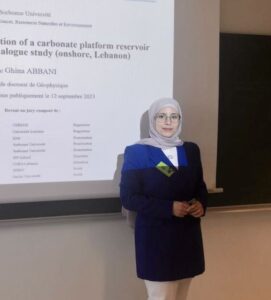
Geophysical applications for hydro-geology and environmental monitoring
E001
Abstract
Geophysical methods play a crucial role in environmental and hydrogeological studies by providing non-invasive, cost-effective imaging for subsurface exploration. These methods (including electromagnetic surveys, ground-penetrating radar, seismic techniques, surface nuclear magnetic resonance (SNMR) and in borehole (BNMR), etc.) contribute to a better understanding of hydrogeological systems and provide complementary information to one another. Characterizing the vadose zone is essential for deciphering the processes governing mass and heat transfers.
The Observatory of Transfers in the Vadose Zone (O-ZNS) in Orléans, France, offers an exceptional opportunity to study the Beauce limestone aquifer at various spatial and temporal scales, focusing on its geological, hydraulic, geo-bio-chemical, and petrophysical properties. A multi-geophysical approach has been adopted at the observatory, incorporating surface, borehole, and well-based measurements. This multi-geophysical approach helps overcome the limitations of individual methods and significantly contributes to the characterization and understanding the behavior and dynamics of the vadose zone.


